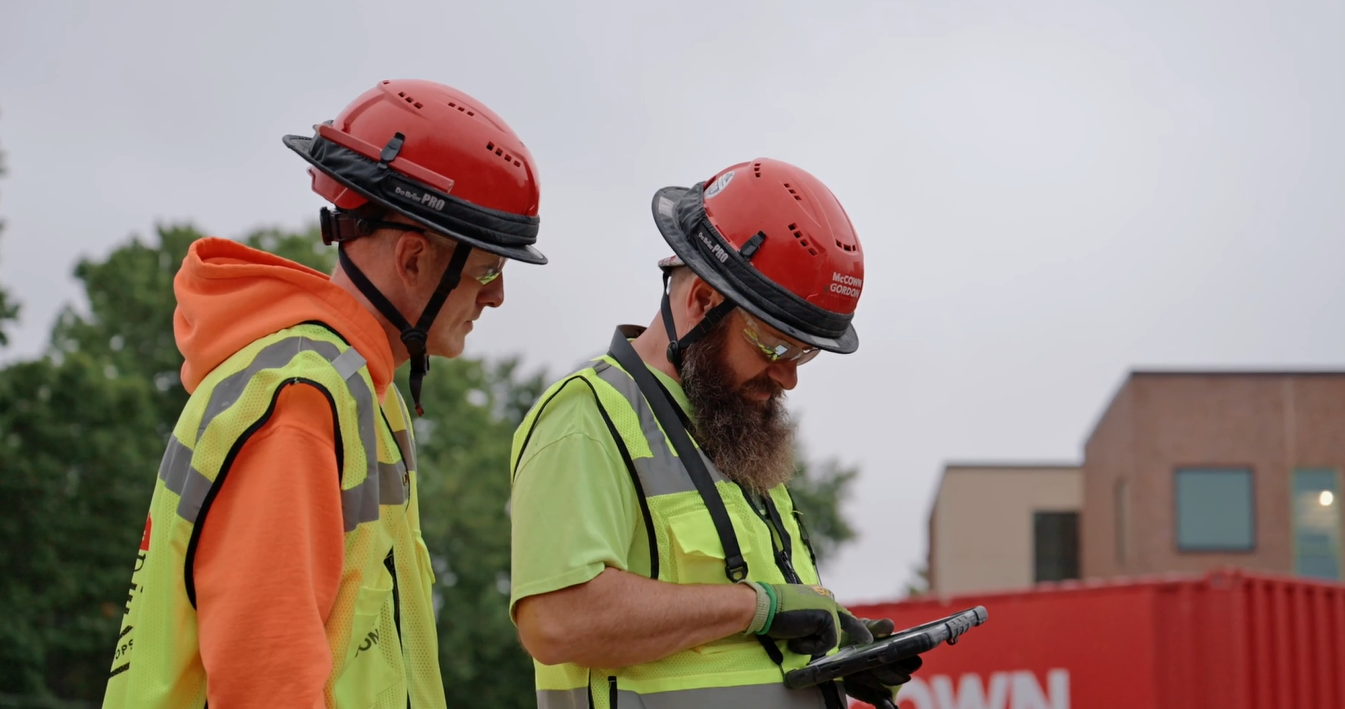Three reasons to include a construction manager in a school bond campaign
Construction managers play an integral role in bond campaigns.

School bonds, simply defined, are solutions to facility needs within a school district. To successfully run a school bond campaign, school boards must not only understand their facility needs and choose the right project to meet those needs, but they also must ensure the public understands how and why those choices were made.
School boards typically involve an architect and a bond agent after they have determined a need for a construction project. While some architects and bond agents are experienced in implementing bond campaigns, others may not be. Seeking out experts in construction projects, such as a construction management firm, to be a voice in the discussion can inspire confidence that the choices are right for the district needs, and the predicted costs and timeline are accurate and reasonable.
“Districts need to know that they’re spending taxpayer money in the very best way possible,” said Darin Headrick, project development manager at McCownGordon Construction and former superintendent of USD 422 in Greensburg, Kansas.
“Bringing a construction manager to the table can ensure a district is being a good steward of the budget and doing what’s best for students, teachers and taxpayers in the district.”
1. Select the Right Project
One of the first major decisions school districts must make is whether to build new facilities or renovate the ones they have. Looking at the cost per square foot to renovate versus build new seems like it would be a good indicator of cost, but that’s not always the case. Determining what to do is a more complex issue and is unique to every school district.
Analyzing the existing facilities serves as an important starting point. Districts must know whether or not spaces meet current educational needs and are structurally adequate. Looking at future enrollment projections will help determine if they need new space. Once a district has assessed those questions, it can begin to shop for choices that provide long-term solutions. A construction management firm will be able to provide accurate cost projections for all potential solutions so the district can make the most informed decision for its community.
2. Validate the Solution
A construction management firm brings an investigative approach to what a district is trying to accomplish and how best to deliver the solution. In addition, a construction manager will stand with the district and design team to support the campaign with factual data for the voters.
While a bond agent will translate the cost of the project into the impact to taxpayers, a construction manager will quantify the proposed project in terms of cost effectiveness for the district.
“We’re essentially turning it into a math equation,” Headrick said. “We lock arms with the architect and school district to understand the needs and ensure we can validate the solution with facts and figures. Our expertise instills confidence that every element has been analyzed and the project being proposed is the most cost-effective solution.”
3. Educate the Public
When a district asks taxpayers for money to fund a project, those voters will reasonably have questions. Chief among those questions are: “Do we really need this?” and “Can we afford it?” The role of a construction manager is to provide facts that inform the public and to support the district by answering tough questions.
“We help with information campaigns by attending public meetings and standing shoulder to shoulder with the board of education, the architect, and the bond agent in answering these questions for voters,” Headrick said.
For one school district in north central Kansas, Headrick recalled a history of unsuccessful bond campaigns, which resulted in deteriorating school facilities. With guidance from its construction management firm, the district established a grassroots effort to educate voters. The effort resulted in the first significant and successful bond election in decades.
While every campaign is different, each includes similar elements when it comes to communicating with the public. McCownGordon has developed a program of communication mechanisms and milestones for each step of the process.
“We bring all these ideas to the district and they can pick what’s right for their community,” Headrick said. “Then, we help them organize those elements into a plan they can execute.”
Interested in learning more? Check our K-12 projects and sign up to receive newsletter.




